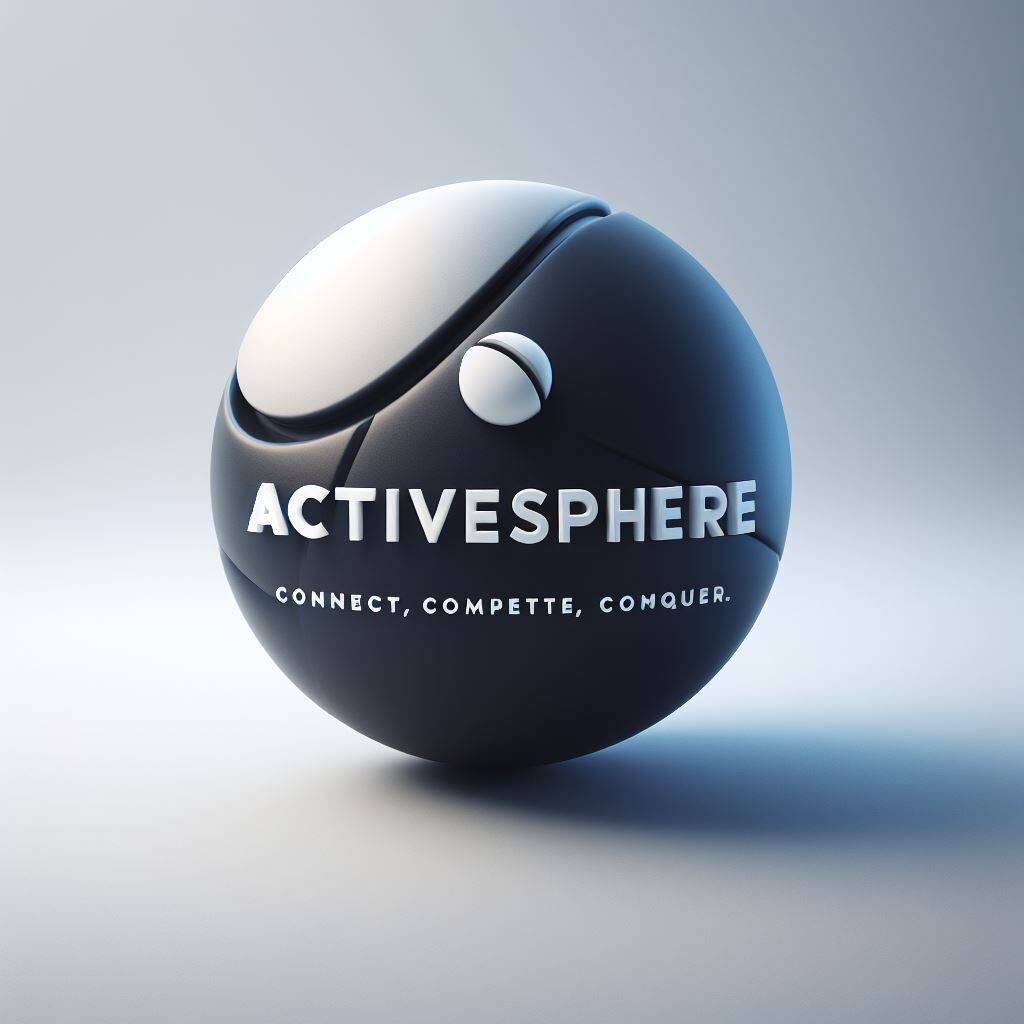Comprehensive Guide to Health Club Liability Insurance
In the dynamic and often high-risk environment of health clubs and fitness centers, liability insurance plays a crucial role in protecting businesses, employees, and members. This guide explores the essential aspects of health club liability insurance, providing valuable insights for owners and managers in the fitness industry.

General Liability Insurance for Gyms
General liability insurance is the foundation of any health club’s insurance portfolio. It protects against a wide range of potential claims, including:
- Bodily injury to members or visitors
- Property damage
- Personal and advertising injury
This coverage is essential for protecting your business from the financial impact of common incidents such as slip-and-fall accidents or equipment-related injuries.
Professional Liability Insurance for Fitness Instructors
Also known as errors and omissions insurance, professional liability insurance is crucial for fitness instructors and personal trainers. It covers claims arising from:
- Incorrect advice or instruction
- Failure to meet professional standards
- Negligence in training or assessment
Coverage Options for Personal Trainers
Personal trainers, whether employed by the health club or working as independent contractors, should consider:
- Individual professional liability policies
- Endorsements to the health club’s general liability policy
- Specialized fitness instructor insurance packages
Risk Management Strategies for Health Clubs
Implementing effective risk management strategies can help reduce the likelihood of claims and potentially lower insurance premiums. Key strategies include:

- Regular equipment maintenance and inspections
- Proper staff training and certification
- Clear safety guidelines and member agreements
- Emergency response plans
- Hygiene and cleanliness protocols
Importance of Waivers and Release Forms
While not a substitute for insurance, waivers and release forms are important risk management tools. They can:
- Educate members about potential risks
- Demonstrate due diligence in risk communication
- Potentially limit liability in certain situations
However, it’s important to note that waivers are not foolproof and their effectiveness can vary by jurisdiction.
Comparing Insurance Providers for Fitness Facilities
When seeking health club liability insurance, it’s crucial to compare providers:
- Look for insurers with experience in the fitness industry
- Compare coverage options and limits
- Check financial stability ratings
- Read customer reviews and testimonials
- Consider the provider’s claims handling reputation
Cost Factors in Health Club Insurance
Several factors can influence the cost of health club liability insurance:
- Size and location of the facility
- Types of services and equipment offered
- Number of members and employees
- Claims history
- Risk management practices in place
Insurance for Group Fitness Classes
Group fitness classes can present unique liability challenges. Ensure your insurance covers:
- Injuries during classes
- Property damage during high-intensity activities
- Liability related to guest instructors
Claims Process for Health Club Liability Insurance
Understanding the claims process is crucial for effectively managing incidents:
- Immediate incident documentation
- Prompt notification to your insurance provider
- Cooperation with investigations
- Understanding settlement options and processes
A smooth claims process can minimize disruption to your business and maintain member trust.
State Regulations on Health Club Insurance Requirements

Insurance requirements for health clubs can vary by state. Common requirements may include:
- Minimum liability coverage limits
- Specific coverage types (e.g., professional liability)
- Proof of insurance for licensing or registration
Always check your local regulations to ensure compliance.
Liability Issues Related to Equipment and Facilities
Health clubs face specific liability risks related to their equipment and facilities:
- Equipment malfunction or improper maintenance
- Facility hazards (e.g., wet floors, poor lighting)
- Improper use of equipment by members
Ensure your insurance policy adequately covers these risks.
Insurance for Health and Wellness Programs
As health clubs expand their offerings to include wellness programs, insurance needs evolve. Consider coverage for:
- Nutritional advice liability
- Wellness coaching
- Alternative therapies (e.g., massage, acupuncture)
Best Practices for Minimizing Liability Risks
Implement these best practices to reduce liability risks:
- Regular staff training on safety procedures
- Proper member orientation and education
- Clear signage and instructions on equipment use
- Prompt addressing of maintenance issues
- Comprehensive record-keeping of incidents and actions taken
The Role of Insurance in Health Club Membership Agreements
Insurance plays a crucial role in membership agreements:
- Disclosure of insurance coverage can build trust with members
- Agreements should clearly outline member responsibilities and club liabilities
- Insurance requirements may be specified in membership terms
Emerging Trends in Fitness Industry Insurance Needs
Stay informed about evolving trends in health club liability insurance:
- Increased focus on cyber liability coverage
- Expansion of virtual training liability protection
- Coverage for mental health and wellness programs
- Greater emphasis on pandemic-related protections
- Integration of wearable technology in risk assessment
Staying ahead of these trends can help you maintain comprehensive coverage and potentially reduce costs.
In conclusion, health club liability insurance is a critical component of risk management for fitness facilities. By understanding the types of coverage available, implementing strong risk management strategies, and staying informed about industry trends, you can protect your business, employees, and members effectively. Remember to regularly review and update your coverage to ensure it meets your evolving business needs.
Always consult with a licensed insurance professional to tailor coverage to your specific circumstances and ensure compliance with local regulations.

